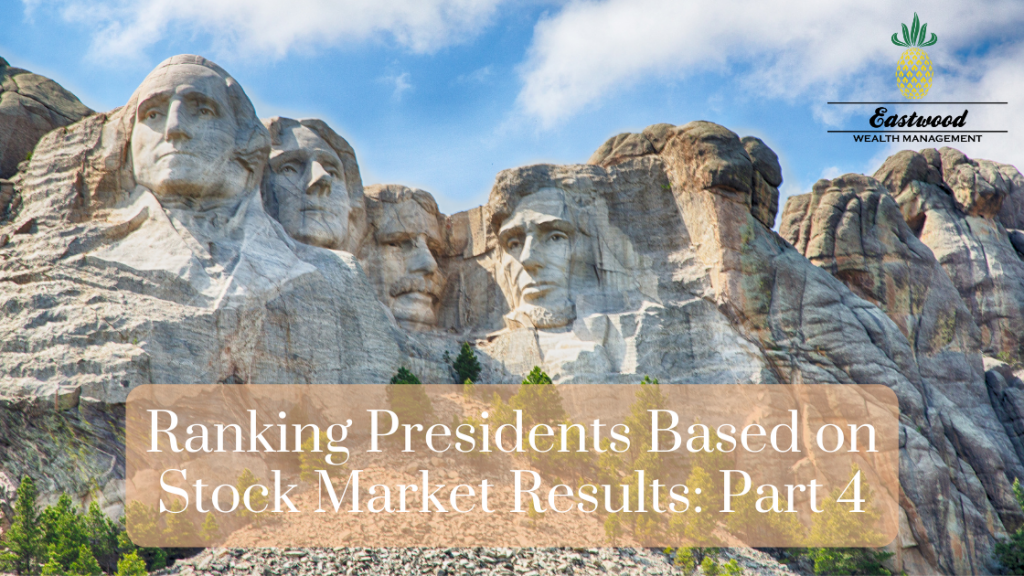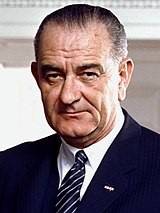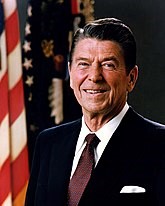May 11, 2021

Every four years, Washington D.C. and Wall Street converge as Americans elect a president and Wall Street tries to figure out what the outcome means for the stock and bond markets. And since so many hypotheses on this topic abound, it’s hard to keep track of them all.
For example, there are those who believe stocks have better results when:
- A president is re-elected to a second term;
- A new president from a different party is elected; or
- There is a Republican/Democrat president.
But what if we ranked the presidents simply by the results of the main stock market indexes, the Dow Jones Industrial Average (DOW) and the S&P 500? Surely that would settle the debate as to which president was best for investors, right? Before we begin, there are a few big caveats to consider.
The Five Big Caveats
Caveat #1: Since the Office of the President was established in 1789, America has had 45 different presidents. And just three years later, Wall Street was officially founded on May 17, 1792 with the signing of the Buttonwood Agreement. But for the most part, there really was no stock market until the late 1800s, meaning it doesn’t make sense to include the first 22 presidents. This analysis starts with the election of 1888.
Caveat #2. The Dow Jones Industrial Average was first published on May 26, 1896 and it followed the 12 largest companies in each sector. Today, it tracks 30 companies. The other very commonly-used index – the S&P 500 – although introduced in 1957 it does track data back to the late 1920s. Our series uses the S&P 500 from President Hoover to the present, and the DOW for earlier.
Caveat #3. Results do not include dividends. Over the last few decades, dividends have become a smaller component of total returns, so not including dividends will tend to favor more recent presidents.
Caveat #4.
Data is not adjusted for inflation. This will tend to help presidents of
inflationary times (Carter and Ford) and hurt presidents of deflationary times
(Hoover and Bush).
Parts I, II and III: #1 – #12
Parts I, III and III brought us this list:
#1: President Herbert Hoover (-30.8% per year)
#2: President George W. Bush (-5.6% per year)
#3: President Grover Cleveland (-4.9% per year)
#4: President Richard Nixon (-3.9% per year)
#5: President Benjamin Harrison (-1.4% per year)
#6: President William Howard Taft (-0.1% per year)
#7: President Theodore Roosevelt (2.2% per year)
#8: President Woodrow Wilson (3.1% per year)
#9: President Franklin Roosevelt (6.2% per year)
#10: President John Kennedy (6.5% per year)
#11: President Jimmy Carter (6.9% per year)
#12: President Warren Harding (6.9% per year)
#13 of 23

President Lyndon B. Johnson, Democrat
- Market Results: 7.7% per year
- Term: November 22, 1963 – January 20, 1969
- Election Year: N/A
President Lyndon B. Johnson – also known as LBJ – assumed the presidency following the assassination of President Kennedy. His presidency is most often remembered for the escalation of the Vietnam War and significant social unrest throughout the country.
LBJ is generally ranked favorably by many economic historians for his domestic policies, including his War on Poverty efforts, expansion of civil rights, and the establishment of Medicare and Medicaid.
While the stock market turned in a healthy 7.7% per year, the cost of the Vietnam War caused inflation to move higher, eventually leading to the stagflation (high inflation, low growth, high unemployment) periods that plagued the presidencies after LBJ’s.
#14 of 23

President Harry S. Truman, Democrat
- Market Results: 8.1% per year
- Term: April 12, 1945 – January 20, 1953
- Election Year: 1944 and 1948
President Truman ascended to the presidency after the death of President Franklin Roosevelt and is best known for ending World War II with the atomic bombs on Hiroshima and Nagasaki, the Marshall Plan which helped rebuild Western Europe and leading the U.S. into the Korean War.
Domestically, Truman’s presidency oversaw the start of the post-World War II surge in U.S. prosperity.
#15 of 23

President Ronald Reagan, Republican
- Market Results: 10.2% per year
- Term: January 20, 1981 – January 20, 1989
- Election Year: 1980 and 1984
A 1983 cover article in Time Magazine emblazoned with the headline: The New Economy helps describe the time during Reagan’s presidency – as the economy transitioned from industrial to technology as one of the greatest bull markets in history took root.
One of Reagan’s economic pillars invokes passionate debate as “Reaganomics” and its corresponding tax cuts, deregulation, less government spending and pro-business policies is healthily debated among economists.
Reagan came into office with inflation running high and his Fed Chair Paul Volker is generally credited with taming inflation with tight monetary policy. The resulting policies helped reduce inflation from 12.5% to 4.4% and bring real GDP to an annual growth rate of 3.6%.
When he left office in 1989, his approval rating was 68%, among the highest of any president. And his 10.2% annualized results during his presidency surely had something to do with that.
#16 of 23

President Gerald Ford, Republican
- Market Results: 10.8% per year
- Term: August 9, 1974 – January 20, 1977
- Election Year: N/A
President Ford was never actually elected Vice President or President, as he took over as vice president for the resigning Spiro Agnew and later took over when President Nixon resigned.
Generally regarded as a middle-of-the-pack president, President Ford took over during high inflation and slow growth times and at the tail-end of the punishing 1973-1974 bear market which pushed the S&P 500 and DJIA to drop by about half.
Economic historians generally credit the very respectable 10.8% annualized market results during the Ford years more in part to the fact that the market was coming off of economic lows versus anything President Ford did or didn’t do.
Part V
Next month, the gains will continue with Part V of our series and include a very recent President.
Important Disclosures
All information is believed to be from reliable sources; however, LPL Financial makes no representation as to its completeness or accuracy.
The Standard & Poor’s 500 Index is a capitalization-weighted index of 500 stocks designed to measure performance of the broad domestic economy through changes in the aggregate market value of 500 stocks representing all major industries.
The Dow Jones Industrial Average Index is comprised of U.S.-listed stocks of companies that produce other (non-transportation and non-utility) goods and services. The Dow Jones Industrial Averages are maintained by editors of The Wall Street Journal. While the stock selection process is somewhat subjective, a stock typically is added only if the company has an excellent reputation, demonstrates sustained growth, is of interest to a large number of investors and accurately represents the market sectors covered by the average. The Dow Jones averages are unique in that they are price weighted; therefore their component weightings are affected only by changes in the stocks’ prices.
This article was published by RSW Publishing with Eastwood Wealth.
LPL Tracking # 1-05138619
VIEW OUR Business Continuity Plan
CFP® Certified Financial Planner™ Certified Financial Planner Board of Standards, Inc. owns the certification marks above, which it awards to individuals who successfully complete initial and ongoing certification requirements.
Securities and advisory services offered through LPL Financial, a Registered Investment Advisor Member FINRA + SIPC.
The LPL Financial registered representative associated with this site may only discuss and/or transact securities business with residents of the Following states: NC, VA, SC, MD, DE and FL.
Financial planning services offered through LPL Financial, a registered investment advisor